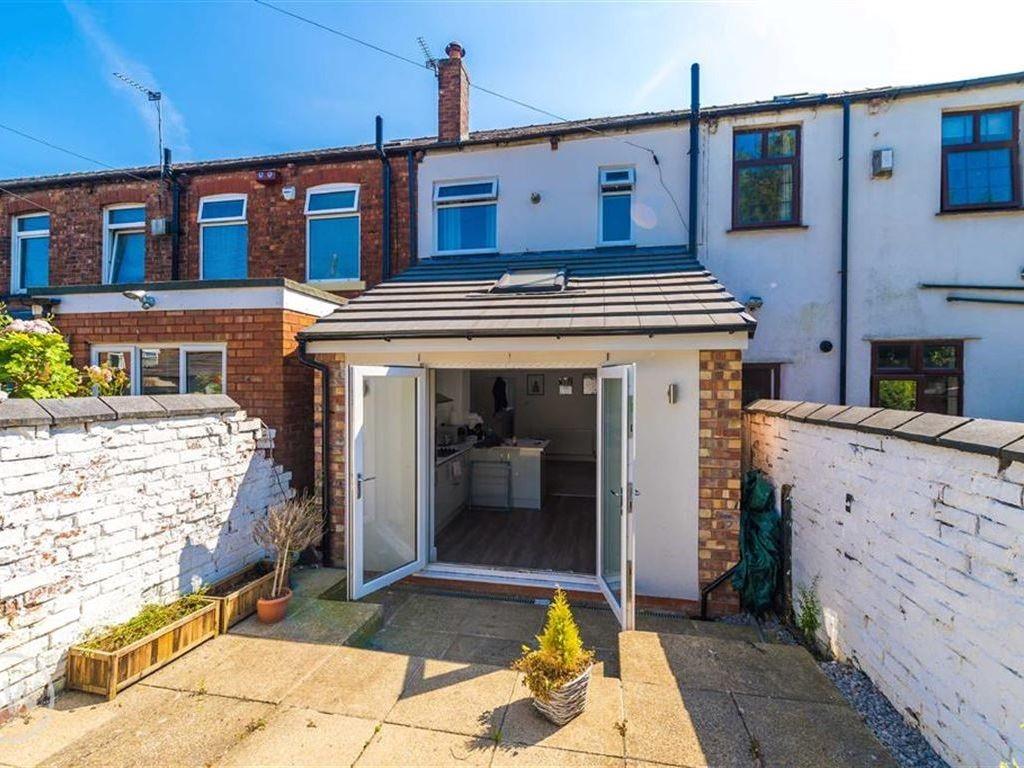Extending your home can be an exciting prospect, providing you with additional living space and increasing the value of your property. However, before you embark on your home extension project, it’s crucial to understand the planning permission requirements to avoid unnecessary delays and costs. In this guide, we will take you through the key aspects of extension planning permission and what you need to consider before starting your project.

Do You Need Planning Permission?
Not all extensions require planning permission. Under Permitted Development Rights, certain types of extensions can be built without seeking formal approval from the local council. These include:
-
Single-storey rear extensions that do not extend beyond a certain length (typically up to 6 metres for a terraced or semi-detached house and up to 8 metres for a detached house).
-
Loft conversions within specific height and volume restrictions.
-
Side extensions that are no more than half the width of the original house.
-
Outbuildings, such as garden offices or sheds, within certain size limitations.
However, if your property is in a conservation area, a listed building, or subject to other restrictions, you will likely need planning permission regardless of the size of your extension.
When Do You Need Planning Permission?
You will need to apply for planning permission if your extension:
-
Exceeds the size limits allowed under Permitted Development Rights.
-
Is higher than the highest point of your existing roof.
-
Extends beyond the front of your house onto a public road or pathway.
-
Uses materials that differ significantly from the original house.
-
Affects a neighbour’s right to light or significantly impacts their property.
How to Apply for Planning Permission
If your project requires planning permission, you will need to submit an application to your local planning authority (LPA). The process typically involves:
-
Submitting detailed plans of your proposed extension.
-
Consultation period, where neighbours and other parties may provide feedback.
-
Assessment by the LPA, considering factors such as aesthetics, impact on surroundings, and compliance with local regulations.
-
Decision within eight weeks (or longer for complex cases).
What If Planning Permission Is Refused?
If your application is denied, you can:
-
Revise your plans based on feedback and resubmit.
-
Appeal the decision if you believe the refusal was unfair.
-
Seek professional advice to ensure compliance with regulations and increase the chances of approval.
Seeking Professional Help
Navigating the rules of planning permission can be overwhelming, especially if you're unfamiliar with local regulations. Working with experienced professionals, such as architects and planning consultants, can help you avoid costly mistakes and ensure a smooth approval process.
At Plans2Extend, we specialize in designing and planning home extensions that comply with the latest regulations. Our team can guide you through the entire process, from concept to approval, making your dream extension a hassle-free reality.
Final Thoughts
Understanding extension planning permission is essential before starting any home extension project. Whether you qualify for Permitted Development or require full planning permission, taking the time to research and consult experts can save you time and money in the long run.
If you’re considering extending your home and need expert guidance, contact Plans2Extend today for professional support tailored to your needs.